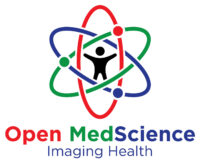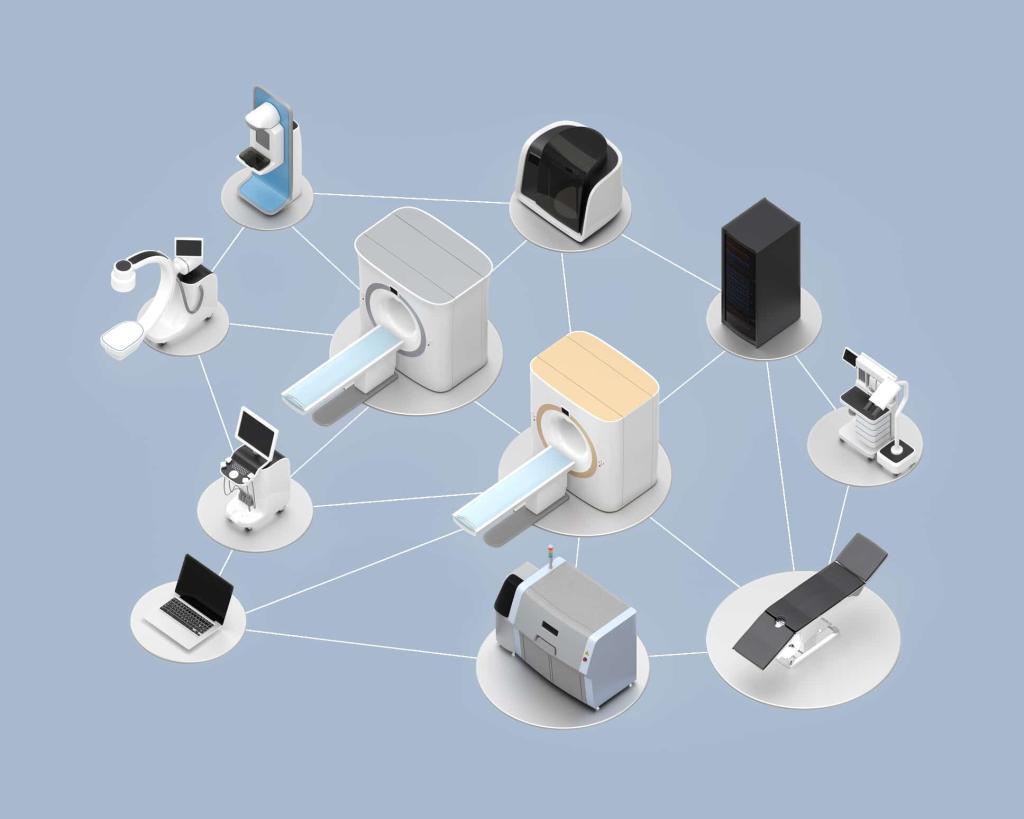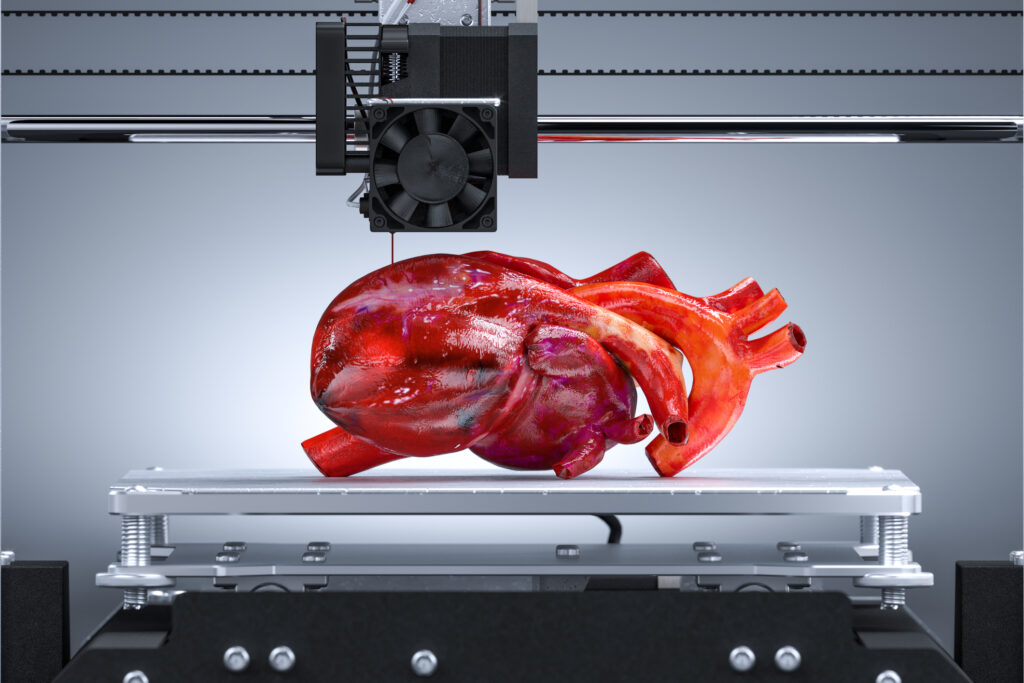Post-traumatic stress disorder changes lives. Flashbacks, nightmares, and constant fear leave many people searching for relief when standard treatments fall short. TMS for PTSD offers a different approach that doesn’t rely on medication. This article explains what this treatment involves and what someone considering it should know.
How PTSD Affects the Brain
Trauma rewires the brain. After a traumatic experience, the brain’s alarm system becomes hyperactive, while the areas that control emotions don’t work as well. This explains why someone might jump at sudden noises or struggle with intrusive memories.
Traditional treatments include therapy and medications. These help many people, but not everyone. About a third of those with PTSD continue struggling despite multiple treatment attempts. This gap has created interest in alternatives like TMS therapy for PTSD, similar to the growing popularity of TMS for anxiety in Brooklyn and other metropolitan areas.
What TMS Treatment Involves
During TMS treatment for PTSD, patients sit in a comfortable chair while a device with a magnetic coil rests against their head. The coil sends magnetic pulses through the skull to stimulate specific brain areas affected by trauma. No anaesthesia is needed. No surgery. Patients remain awake and alert throughout.
A typical session lasts about 30 minutes. Most people describe feeling a tapping sensation on their scalp—strange but tolerable. After treatment, they can drive themselves home and continue normal activities.
The magnetic pulses target brain regions involved in fear processing and emotional regulation. These areas often function differently in people with PTSD. By repeatedly stimulating these regions, TMS helps reset irregular brain activity patterns, potentially reducing symptoms over time.
Unlike medications that affect the entire body, TMS works only on targeted brain areas. This focused approach explains why some patients experience fewer side effects compared to medications.
Real Results: Does TMS Work for PTSD?
The question “does TMS work for PTSD” has no simple answer. Like most mental health treatments, results vary from person to person.
The overall picture looks promising. Many patients report meaningful reductions in symptoms like intrusive memories, nightmares, and hypervigilance. Improvement rates typically range from 30-40%, with benefits often lasting months after treatment ends.
TMS seems particularly helpful for people who didn’t respond to standard treatments. For these cases, adding TMS has sometimes reduced stubborn symptoms when other approaches failed.
Setting realistic expectations matters. TMS rarely eliminates PTSD completely. Most people experience partial improvement—enough to enhance quality of life, but not a total cure. Some notice significant changes, while others see more modest benefits.
Despite growing support for its use, TMS for PTSD remains technically “off-label” in the United States. While approved for depression, its use for PTSD comes through physician discretion rather than specific FDA approval.
The Treatment Experience
A typical course of TMS therapy for PTSD involves daily sessions, five days a week, for four to six weeks. This adds up to 20-30 total treatments.
Each visit follows a similar routine. The technician positions the magnetic coil, calibrates the stimulation strength, and delivers pulses in sequences with short rest periods in between. Patients can read, chat with the technician, or simply relax during the session.
Most people notice changes gradually rather than suddenly. Some report improved sleep first, followed by less intense reactions to triggers. Others notice better concentration before seeing changes in classic PTSD symptoms. Improvements typically build over the treatment course rather than happening all at once.
Safety and Side Effects
Compared to many PTSD medications, TMS has a mild side effect profile. Common side effects include headaches or discomfort where the coil touches the head. These usually fade after the first few sessions as the body adjusts.
Some people experience temporary lightheadedness or facial twitching during stimulation. More serious side effects remain rare. The risk of seizures—the most significant potential complication—affects fewer than 1 in 1,000 properly screened patients.
TMS avoids the systemic side effects often associated with psychiatric medications, such as weight changes, sexual problems, or emotional numbing. This makes it appealing to many patients who struggled with medication side effects.
Not everyone qualifies for TMS. People with certain metal implants near the head, a history of seizures, or specific medical devices cannot safely undergo this treatment.
Part of a Comprehensive Approach
TMS works best as one piece of a complete treatment plan. Most professionals recommend combining TMS with psychological therapies for optimal results.
Some evidence suggests that receiving TMS shortly before trauma-focused therapy sessions might enhance the therapy’s effectiveness. The theory proposes that TMS creates a state of increased brain plasticity, making the brain more receptive to the psychological work done in therapy.
This combined approach addresses both the biological and psychological aspects of PTSD. While TMS helps normalize brain function, therapy provides tools for processing traumatic memories and managing triggers.
Practical Considerations
Several practical factors influence decisions about trying TMS for PTSD.
The time commitment presents a significant challenge. Daily weekday treatments for several weeks require schedule flexibility and reliable transportation. This creates barriers for those with strict work schedules or limited mobility.
Cost and insurance coverage raise additional concerns. Without specific FDA approval for PTSD, insurance coverage varies widely. Some providers cover TMS after documented failures with standard treatments, while others consider it experimental and deny coverage.
Without insurance, the out-of-pocket expense typically ranges from $6,000-$12,000 for a complete treatment course. This places TMS beyond financial reach for many who might benefit, though some clinics offer payment plans.
Accessibility continues improving as more providers offer TMS services. Major cities now have multiple options, while availability remains limited in rural areas.
Looking Forward
TMS for PTSD continues evolving, with several developments showing promise:
Newer protocols aim to identify the optimal stimulation parameters specifically for PTSD. These adjustments to frequency, intensity, and targeting may improve response rates.
Accelerated schedules delivering multiple sessions per day could potentially shorten the treatment course from six weeks to just days or weeks, making TMS more accessible to those with time constraints.
Combined approaches integrating TMS with virtual reality exposure represent another frontier. Activating trauma networks through virtual reality while simultaneously modulating brain activity with TMS might enhance overall treatment effects.
Is TMS Right for You?
For people still struggling with PTSD despite trying standard treatments, TMS therapy for PTSD offers a reasonable option to consider. Its non-invasive nature and relatively mild side effects make it attractive, particularly for those who experienced problems with medications.
Those thinking about TMS treatment for PTSD should consult with mental health providers familiar with various PTSD treatments. This conversation should consider symptom severity, previous treatment responses, practical factors like time and finances, and individual preferences.
While not a miracle cure, TMS for PTSD provides hope to people who felt they ran out of options. For some, it offers the breakthrough they needed after years of struggling with trauma’s aftermath—a chance to reclaim parts of life that PTSD had taken away.
Disclaimer
The information provided in this article, TMS for PTSD: A Drug-Free Approach to Healing, is intended for general informational and educational purposes only and is not a substitute for professional medical advice, diagnosis, or treatment. Transcranial Magnetic Stimulation (TMS) for post-traumatic stress disorder (PTSD) is not currently approved by the U.S. Food and Drug Administration (FDA) for this specific use, and its application remains considered “off-label.” Any decision to pursue TMS therapy for PTSD should be made in consultation with a qualified healthcare professional.
Open Medscience does not endorse any specific treatment, therapy, practitioner, or service mentioned in this article. While every effort has been made to present accurate and up-to-date information, medical science is constantly evolving, and the effectiveness and safety of treatments may vary based on individual circumstances.
Readers should not disregard professional medical advice or delay seeking it based on content published on this site. If you or someone you know is experiencing mental health symptoms, please consult a medical professional or licensed therapist for individualised care.
Open Medscience accepts no liability for any consequences arising from the use or misuse of the information provided in this article.
You are here: home » diagnostic medical imaging blog »



